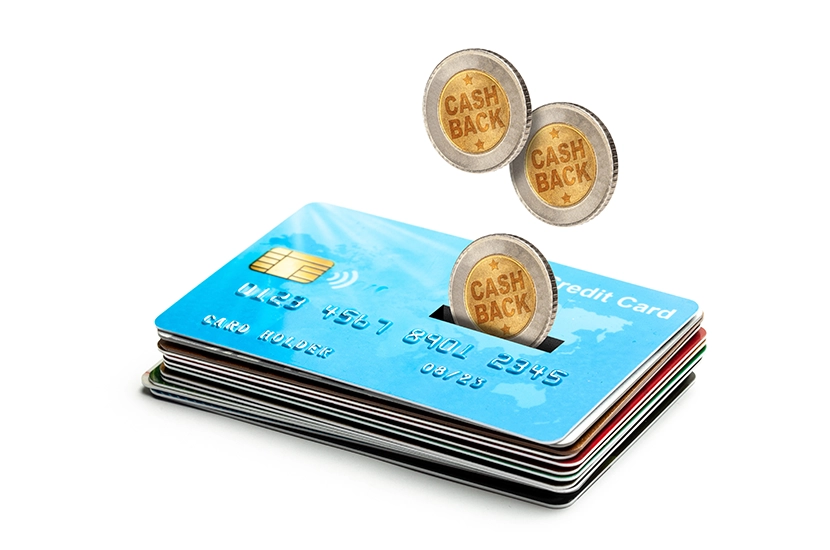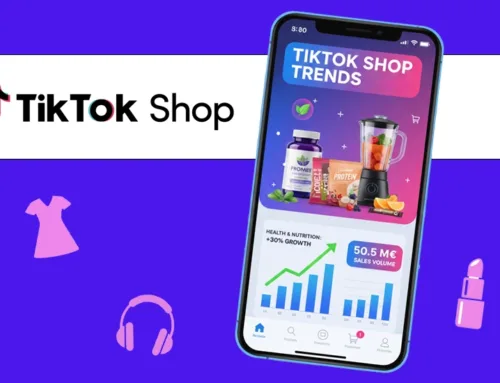Bank cashback, which emerged in the mid-2010s, has long been perceived as a simple consumer benefit. Today, it has established itself as a strategic marketing lever, offering advertisers multiple advantages for both customer acquisition and loyalty.
By offering discounts or reimbursements linked to purchases, bank cashback takes advantage of technological advances and regulatory developments to deliver a smooth, attractive shopping experience. This practice is particularly well-suited to today’s consumers, who are looking for solutions to boost their purchasing power.
What is bank cashback?
Bank cashback involves offering consumers a direct financial benefit when they make eligible purchases. This benefit is often calculated as a percentage of the amount spent and credited to their bank account or card.
Bank cashback was made possible by the PSD2 (Payment Services Directive), allowing bank customers in France to authorize third parties to access their financial data securely to track their purchases. In concrete terms, bank cashback can be deployed by banks themselves, by community partners, or by players specializing in payment marketing. There are two main approaches: CLO cashback (Card Linked Offer) and ALO cashback (Account Linked Offer).
What are the differences between the CLO and ALO offers?
Cashback CLO (Card-Linked Offers) and ALO (Account-Linked Offers) are two reward systems. In the first case, promotional offers are linked to the user’s bank card; in the second, they are linked directly to the user’s bank account.
When a purchase is made at a partner merchant (online and/or in-store) with the registered card or account, the cashback is automatically identified and credited thanks to the analysis of bank transactions or card data.
CLO (Card Linked Offer) bank cashback
CLO (Card Linked Offer) cashback is a cashback system linked to the bank card. It enables consumers to take advantage of promotions or reimbursements when they use their bank card with merchants partnered with their bank. Thanks to payment data, these personalized rewards are displayed directly in the banking application or paid into the customer’s account, offering benefits tailored to their purchasing habits.
- The consumer signs up for a cashback program linked to their bank card.
- When the card is used to make purchases from partner merchants, cashback is automatically applied.
- The refund is then credited to the consumer’s account.
ALO (Account Linked Offer) bank cashback
While cashback programs linked to bank cards (CLO) work well, they do have one limitation: they are based solely on transactions made with the bank card, without taking into account the customer’s overall finances. Benefiting from open banking rules, which allow third-party payment services and financial service providers access to bank transactions and APIs, ALO cashback links the rewards system to the bank account, offering a more complete view of the customer’s financial life. It takes into account not only card transactions, but also those from other connected bank accounts and SEPA transfers.
By exploiting all transactional data, customers can access offers that are better tailored to their purchasing habits, merchants can target their advertising more effectively, and banks can offer more relevant benefits.
- Consumers link their bank account to a cashback platform or application.
- Transactions made from this account are analyzed to detect eligible purchases.
- Refunds are made directly to the bank account.
Who are the cashback players?
The banks
Banks do not manage cashback offers directly. They rely on partners specialized in payment solutions or cashback. By acting as intermediaries, or even prescribers, they ensure the distribution of offers to their customers via their various channels.
These services are generally promoted through the bank’s own media, for example via display campaigns, in-app notifications or newsletters. This strategy enables advertisers to benefit from increased visibility in a controlled, trusted environment.
For advertisers, this means distribution in a “closed” environment, where the bank’s credibility reinforces the impact of its messages, and for consumers, a secure, reliable experience that encourages engagement.
Banking partners
Payment marketing players
Payment marketing consists of collecting and analyzing all the data on transactions carried out by customers (bankcards, direct debits, transfers, payment initiation, etc.) in order to anticipate their preferences and offer them personalized marketing offers, adapted to their daily lives, at the most opportune time and place.
Payment marketing players provide banks with a “turnkey” solution for setting up and managing a bank cashback program, through their platforms which connect banks and advertisers to ensure efficient implementation.
Effinity, for example, works closely with Paylead, the European leader in payment marketing, and partner to over 15 banks in Europe, representing over 5 million optin customers. In France, banks that entrust their ALO programs to Paylead include BNP Paribas, Bankin, Cetelem and Hello Bank!
Community cashback services
Some cashback specialists integrate a bank cashback offer. In this way, they put their expertise in managing benefits programs at the service of banks. Effinity works in particular with Plebicom, which operates La Banque Postale, Société Générale, Bankin! and Fintch.
Community partners
These are usually consumer-related applications or services that offer ALO services. Examples include Joko, eBuyClub, Emrys and Ma Petite Sponso.
Why should advertisers be interested in bank cashback?
Bank details enable us to set up systems tailored to a wide range of needs. Unlike traditional online cashback, which has little or no targeting capability, CLO and ALO cashback players benefit from bank data that can be used to set up targeted systems to achieve a variety of objectives.
The objectives of bank cashback
Acquisition
Attract new customers with attractive offers that encourage buyers to try out a brand or product.
Target former customers who haven’t purchased in 3, 6, 12 months or more, and offer higher remuneration for these customers.
Loyalty
Increase your customers’ frequency of purchase by proposing an attractive offer to all customers, new or old. In addition, offering regular benefits creates brand loyalty.
Medium basket
Increase the average customer basket by offering cashback on purchases over a certain amount.
Market share
Expand your market share by targeting your competitors’ customers
Omnichannel
Convert in-store customers into e-commerce customers, by proposing an offer valid only online.
The benefits of bank cashback
Efficiency and traceability
Cashback banking relies on advanced technological systems that enable precise tracking of conversions, as each transaction is traced, offering a clear vision of results, and a better understanding of purchasing behavior through the data collected, which helps refine marketing campaigns.
Measurable ROI and cost control
Bank cashback works on a performance-based model, where the advertiser only pays for sales made. This guarantees a clear return on investment and flexible management of advertising budgets.
Effinity’s opinion
Bank cashback, whether implemented via CLO or ALO offers, represents a major opportunity for advertisers. Not only does it help to attract and retain customers, it also delivers a measurable return on investment. To exploit its full potential, it’s essential to choose the model best suited to your objectives, and to work with the right technology partners.
If you’d like to find out more about how we ‘ve put cashback into practice, read our case study on Pandora, which we’ve supported in its ROI-driven customer acquisition and retention strategy.
Ready to take advantage of bank cashback opportunities? Contact our experts to find out how to integrate bank cashback into your marketing strategy!
Mis à jour le 28 April 2025
Mis à jour le 28 April 2025




